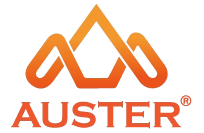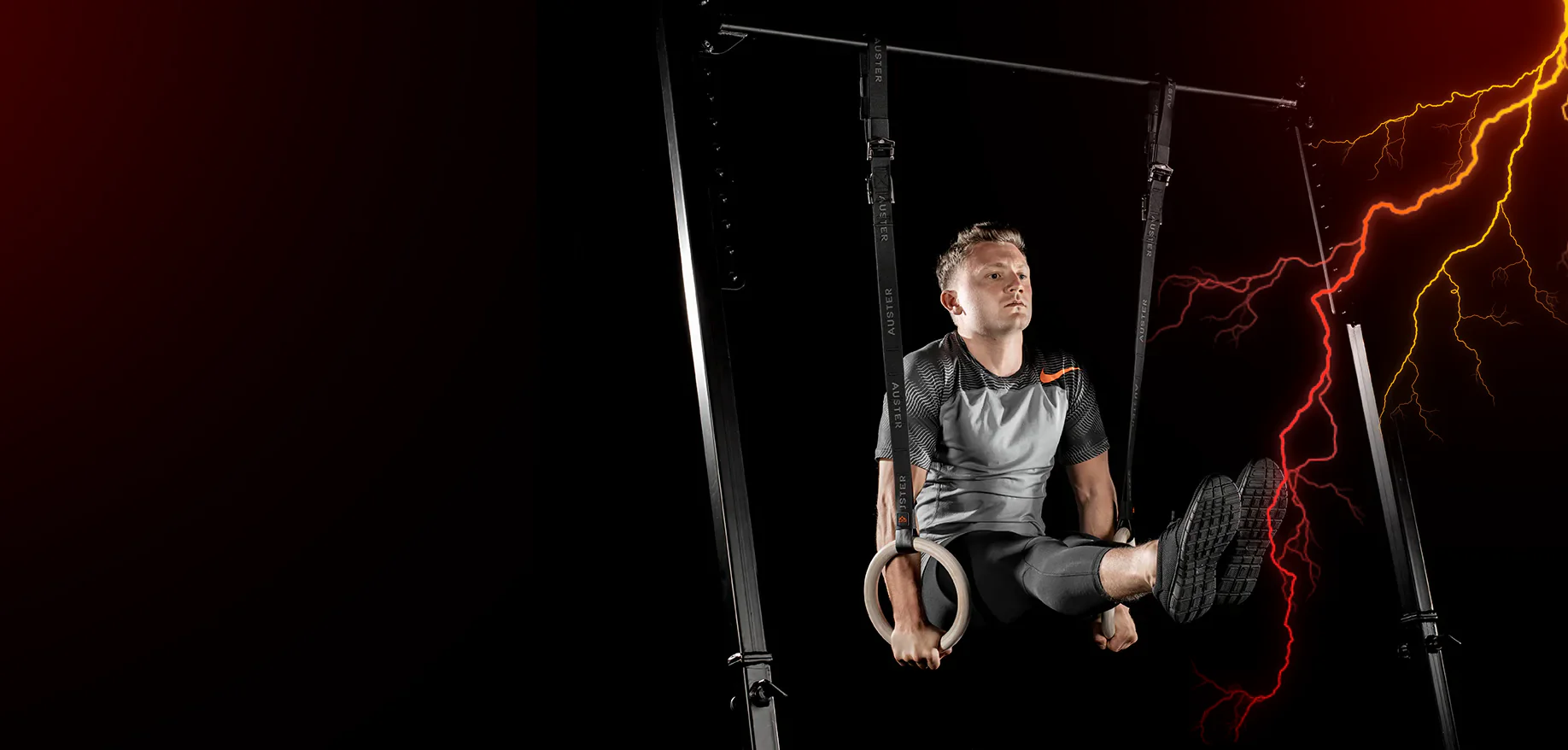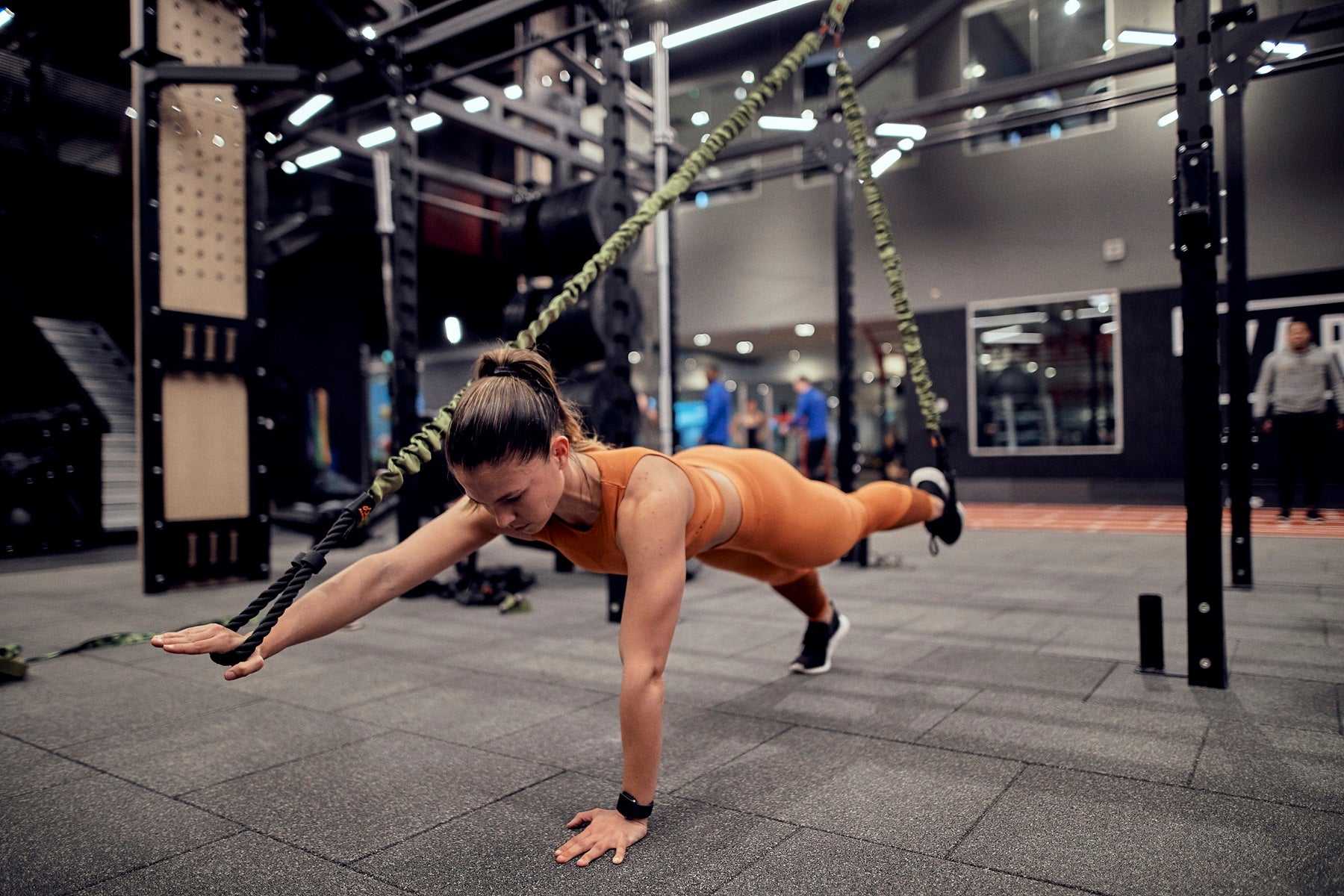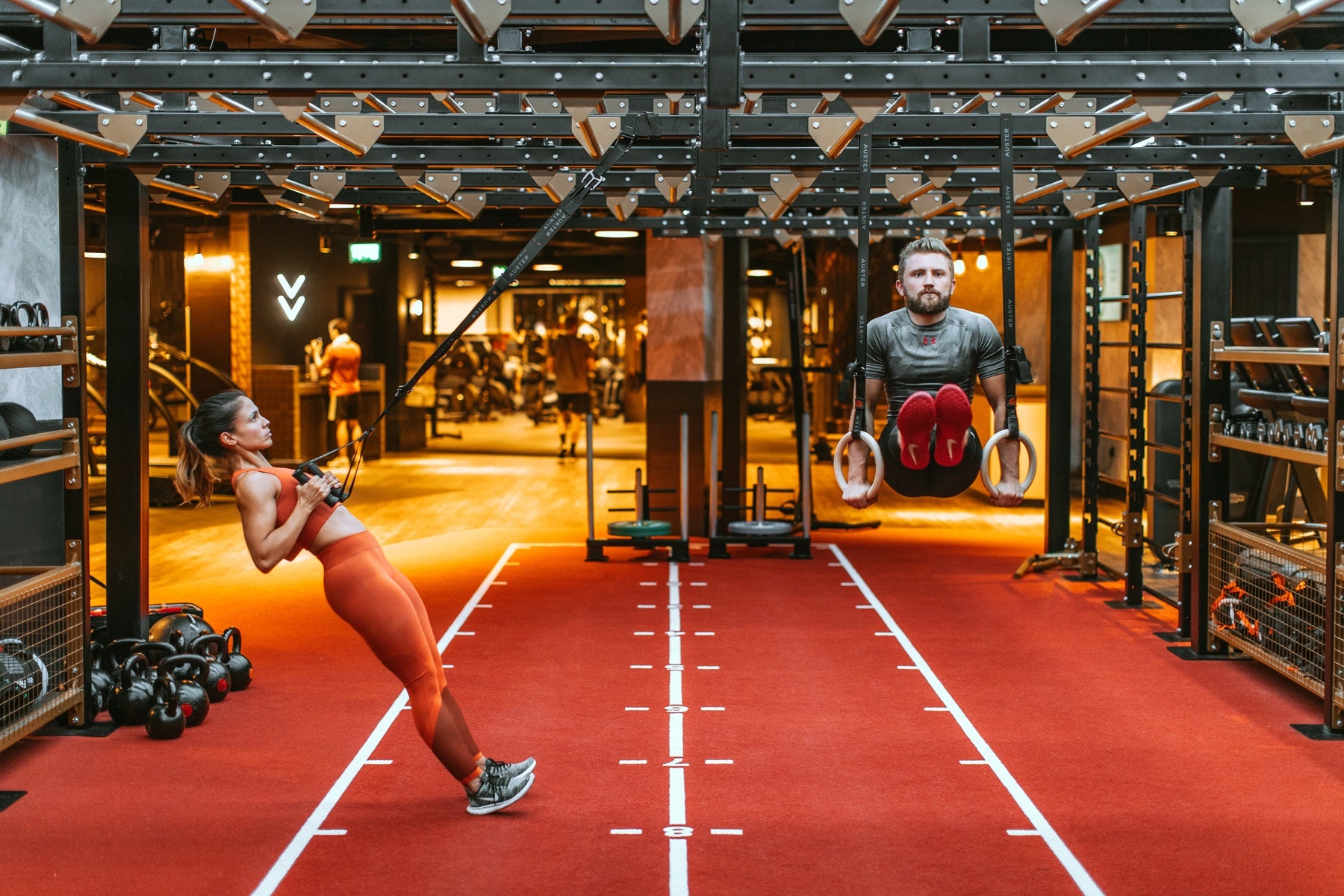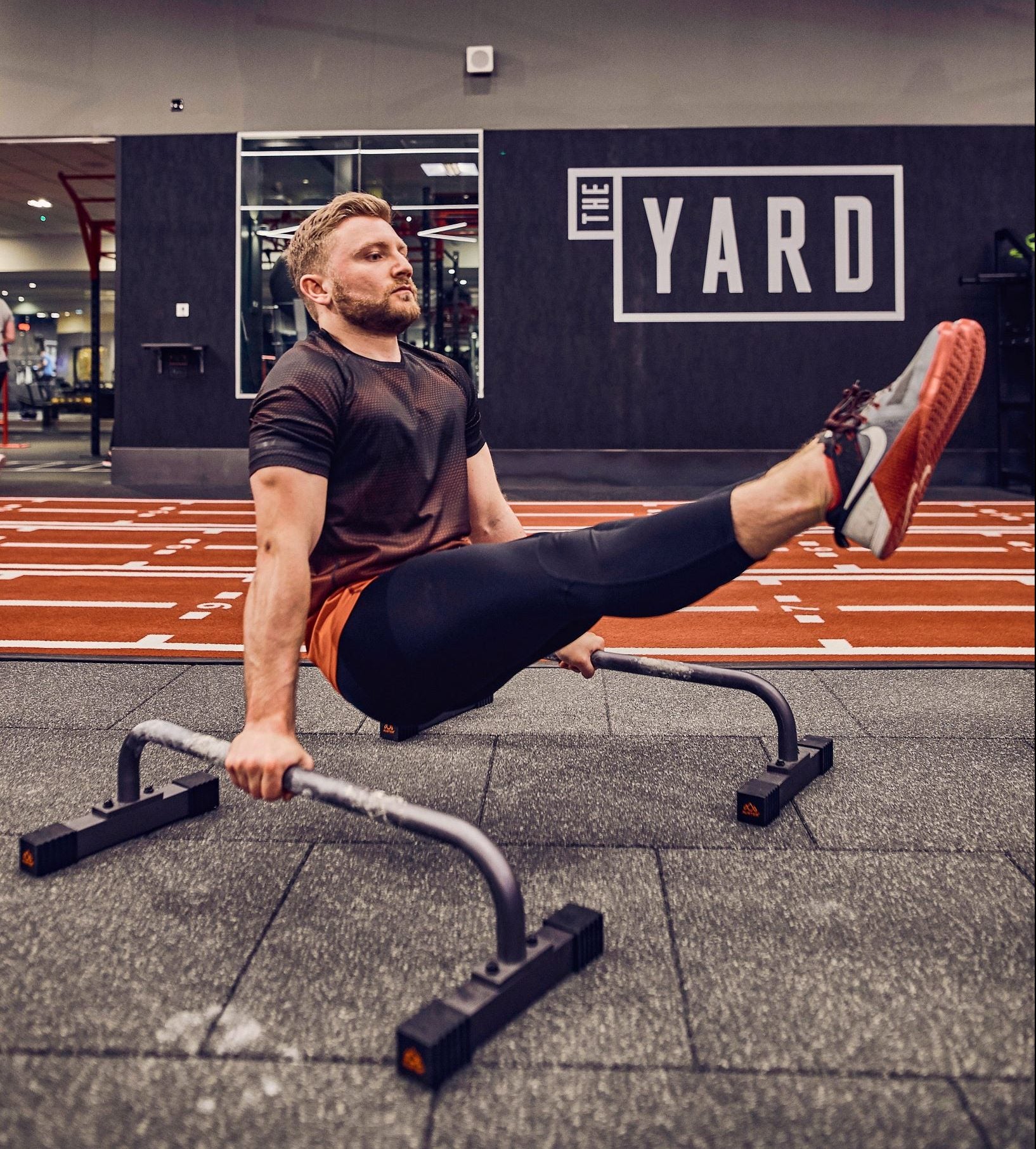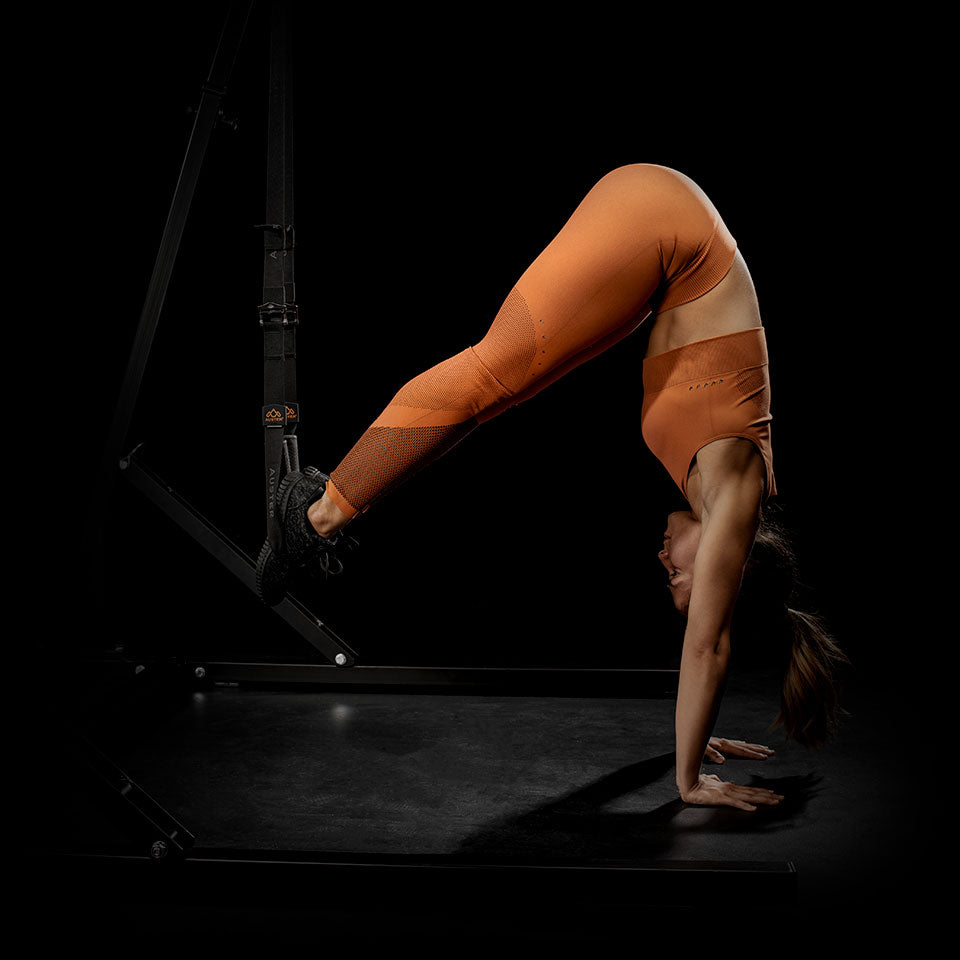
The best exercises for a strong core
It is often mentioned that a strong ‘core’ is very important. But what exactly is the core? Which muscle groups does it consist of? What is the best way to train it? We look at the muscles that make up the core, and the best exercises to making it strong.
Which muscles does the core consist of?
In short, all the muscles that surround your mid-section. The Abdominals, Obliques, Lower Back, Spinal Erectors, Lower Lats, Glutes, Upper Hamstrings & Hip Flexors all contribute to core strength.
What is the function of the core?
The core muscles are used to keep your body stable when static and moving. They help to keep your body in the correct biomechanical position, helping to reduce the risk of injury. The deep core muscles are also used for control of breathing, the bowels and during childbirth.
Why is the core important?
Ultimately it helps to keep you stable when upright, and correctly supported when in any other position. It is vital for correct daily function, exercising and any movements. A strong core also helps reduce your risk of injury as it helps to keep you in the optimal biomechanical position; reducing excessive strain on the tendons, ligaments and bone structures (e.g. the lower back).
How do I train core?
As the core comprises of many different muscle groups there is no one-set exercise to target them all. However there are optimal exercises to train the muscles, which are listed below.
Plank
The well-renowned Plank is a fantastic isometric (static) exercise to train the abdominals and lower back. It can be performed in the press-up position or leaning on your forearms. Make sure to keep your abs and your lower back tensed, along with the glutes to stop your hips from touching the ground. Aim to hold the Plank for time.
Reverse Plank
The lesser-known Reverse Plank targets more glutes, hips and lower back compared to the standard plank. This is an excellent exercise to strengthen the glutes (we all have weak glutes), stretch the hips (we all have tight hip flexors) and strengthen the lower back (we all have weak lower backs). It also helps strengthen the abs in a stretched position, rather than a contracted position, which is important for upright strength. Aim to hold the Reverse Plank for time.
Pike
The Pike is a fantastic dynamic exercise to crunch the abs, without tightening the hip flexors. This exercise also works the lower back and back stability. Aim for repetitions with the Pike, making sure to Pike as high as possible.
Woodchop
The Woodchop is a rotational ab, oblique and lower back exercise. It is fantastic for rotational strength and engaging the core across a plane of movement. Aim for repetitions when performing the Woodchop.
Lunge
Lunges are fantastic for the lower body stability, and work the abs and lower back stability. By elevating the rear leg it engages more hamstring and glutes, to help keep the core tight.
